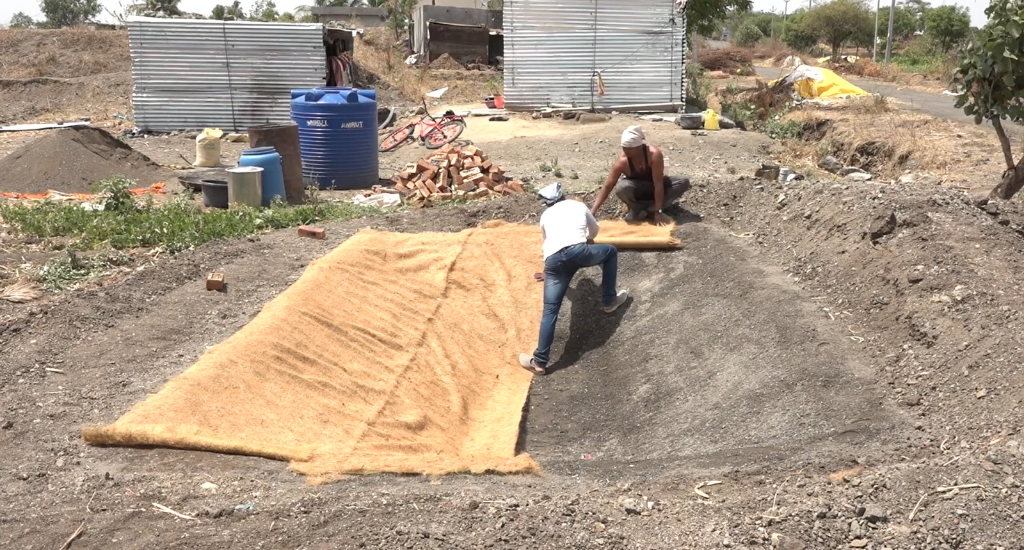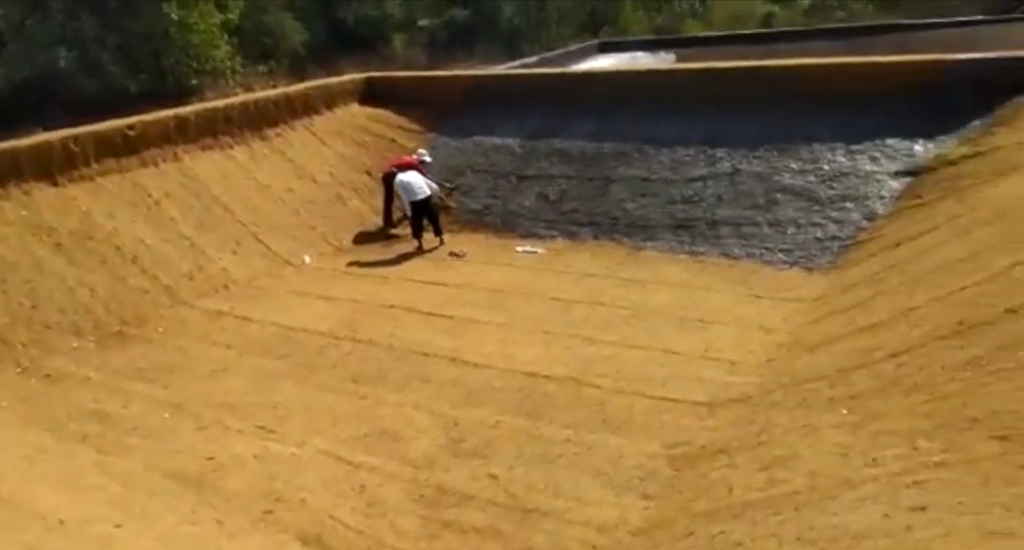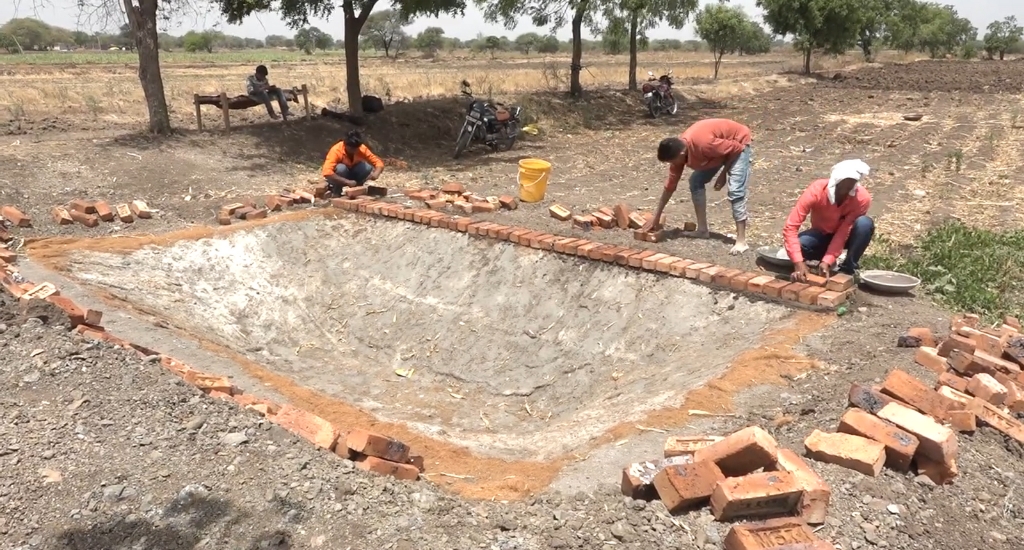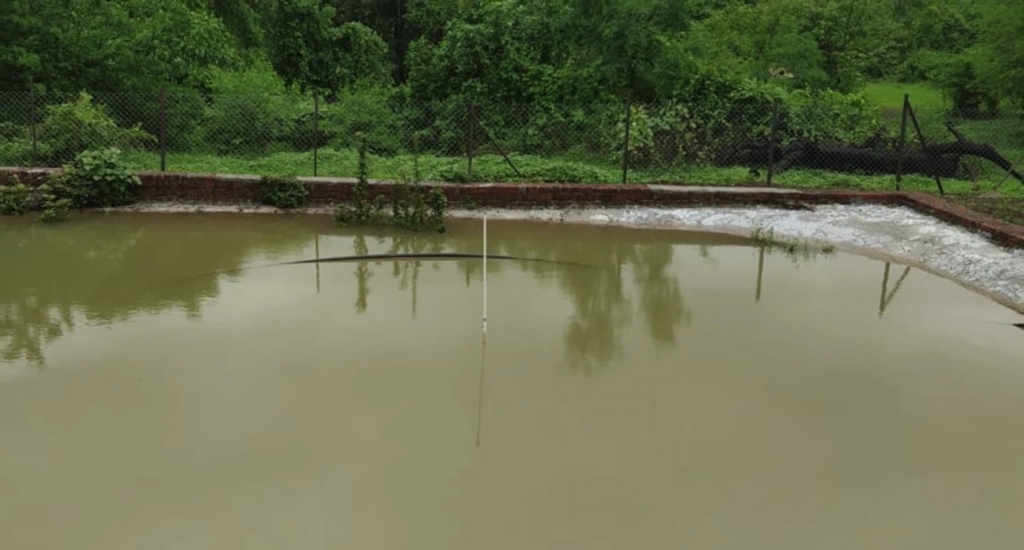In rural India, where access to clean and sustainable water storage is a perennial challenge, a groundbreaking innovation is underway. Imagine a water tank that not only stores life-sustaining water but is also designed using natural fibres like coconut, banana and flax – materials that are easily available and environmentally sustainable.
Now this isn’t a far-fetched dream, but a reality, thanks to an innovative approach developed by Jalvardhini, an NGO, and RuTAG IIT-Bombay. This approach is not just a technological leap. It’s a lifeline for farmers and communities striving for a sustainable future.
A revolutionary approach to water storage
Traditionally, water storage tanks in rural India have been constructed using reinforced cement concrete (RCC) or plastic liners. While RCC tanks rely on steel for reinforcement, they come with significant costs, making them unaffordable for many small-scale farmers.

On the other hand, plastic liners, though cheaper, have a short lifespan and damage the environment due to their non-biodegradable nature.
Enter the natural fibre water tanks, which use coconut coir, banana fibres and flax as a substitute for steel to manage tensile stress and prevent shrinkage.
The result? A durable, low-cost water storage solution that costs as little as Rs 2 to 3 per litre of storage capacity. For a tank with a capacity of 10,000 litres to 1 lakh litres this innovation significantly reduces the financial burden on rural communities.
Also Read: Water-starved villagers harvest rainwater in multiple tanks
The impact from a farmer’s perspective
Imagine Ramesh, a farmer from rural Maharashtra, who has struggled for years to secure enough water for his crops during the dry season. He knows about RCC tanks, but the cost of construction is far beyond his reach. Plastic liners, while cheaper, have failed him in the past, tearing easily and leaving him with no reliable water storage option.

One day, Ramesh learns about a new type of water tank being built using coconut and banana fibres. He is amazed to learn that a large tank can be constructed with local materials he knows well. The cost is affordable, and the promise of durability along with the environmental benefits convinces him to give it a shot.
A few months later, Ramesh’s new natural fibre water tank was completed. The tank holds water effectively with no signs of seepage. It can withstand the tensile stresses that water storage demands, while also reducing shrinkage – a common problem in concrete structures.
Environmental and economic impact
The advantages of this innovation extend far beyond individual farmers like Ramesh. By providing a low-cost solution for water storage, it’s enabling entire communities to better manage their water resources.
Also Read: Cost-effective jalkunds help Manipur’s farmers tide over water woes

Farmers can now harvest rainwater during the monsoons and use it judiciously throughout the year. This not only improves crop yields but also reduces the strain on groundwater resources.
Moreover, the use of local, natural materials means reduced carbon footprints and new livelihood opportunities in fibre processing and tank construction. It’s a holistic solution that addresses multiple Sustainable Development Goals – from poverty alleviation and clean water access to climate action and responsible production.
A future of sustainable water management
In a world grappling with climate change and resource scarcity, innovations like these offer a glimpse of a more sustainable future. By turning to nature for solutions, we can build a future where water storage is both affordable and environmentally responsible.

For farmers like Ramesh, and countless others across India, this water storage innovation is more than just a technological advancement. It’s a path to self-reliance and sustainability.
Also Read: Cold storage units running on pico hydropower help farmers earn more
The Rutag Smart Village Centre (RSVC) Program, initiated under the Office of the Principal Scientific Adviser (PSA), GoI, aims to drive scientific and technological interventions in rural development. It focuses on enhancing livelihoods, sustainable agriculture, and innovation-driven solutions for rural communities.
The lead image on top shows a water storage being built using natural material. (Screengrab from a YouTube video of Office of the Principal Scientific Adviser to the Govt. of India)








